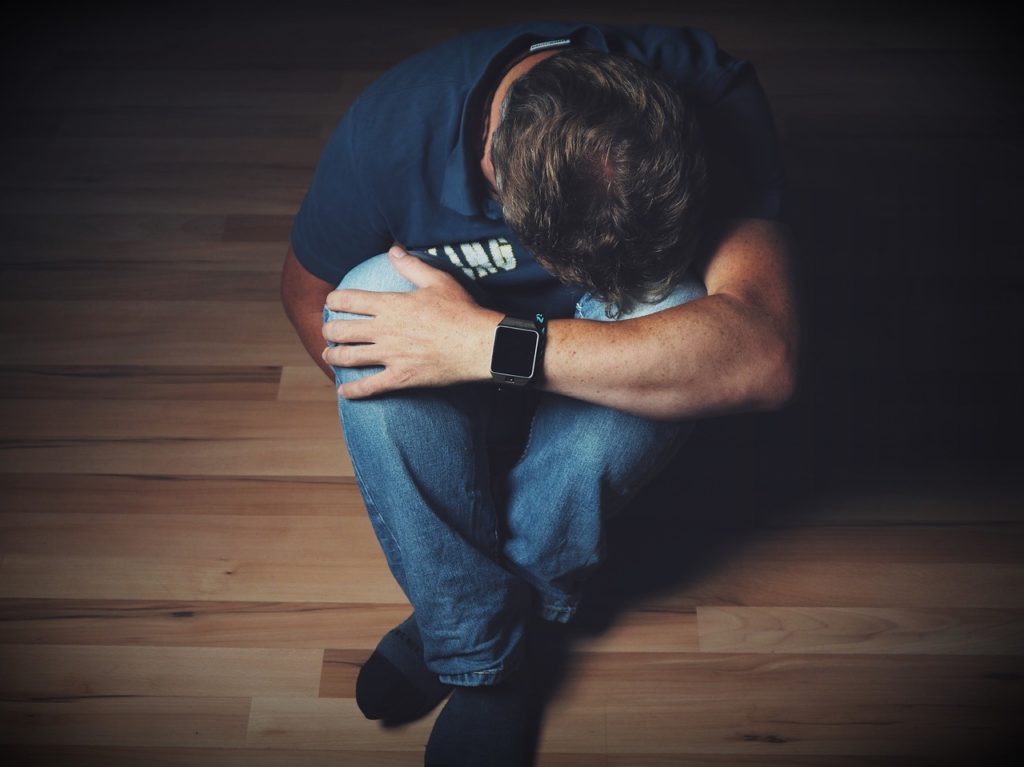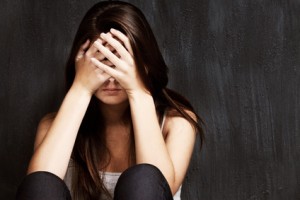- Calls to this hotline are currently being directed to Within Health, Fay or Eating Disorder Solutions
- Representatives are standing by 24/7 to help answer your questions
- All calls are confidential and HIPAA compliant
- There is no obligation or cost to call
- Eating Disorder Hope does not receive any commissions or fees dependent upon which provider you select
- Additional treatment providers are located on our directory or samhsa.gov
Top Body Image Concerns of Eating Disorder Sufferers

While eating disorders are not solely focused on body image concerns and appearance, it is a core feature that distinguishes between feeding disorders and eating disorders such as Anorexia Nervosa (AN) and Bulimia Nervosa (BN) [1].
In fact, some professionals go so far as to believe that anorexia nervosa, “due to the distortions in the experience and/or satisfaction with one’s own body, and the anxiety associated with their body image” being the driving force behind it, should be characterized as a “body image disorder” instead of an eating disorder [1].
There are many aspects that impact the body image concerns of individuals that struggle with eating disorders.
The Role of Gender in Body Image Concerns
Unsurprisingly, body image concerns in eating disorder sufferers vary between the sexes.
Women are more likely to reduce their weight and take up less space, whereas men tend to focus on becoming bigger and more muscular.
Much of this is due to societal constructs of the ideal male and female appearances. Diet culture, magazines, and advertisements encourage women to take up less space in order to be valued.
Men, on the other hand, are pressured to appear, both physically and emotionally, strong. One study described this as societal expectations resulting in men “aspiring to an exemplary for of masculinity to uphold one’s masculine identity [2].”
This study also aptly summarized:

“Since the social construction of masculinity is different from the way in which femininity is socially constructed in contemporary Western culture, men with eating disorders confront an array of gender-specific concerns.
However, this by no means creates a reductionist argument whereby one gender is played off against the other. Rather, it highlights the impact of gender construction on issues surrounding eating disorders [2].”
Body Image Concerns of Minorities
These concerns differ as well when it comes to different cultures and sexual identities.
One can imagine that the relationship a minority individual has with their body is incredibly complicated, as society constantly sends the message that they are “wrong” because of the color of their skin, facial features, sexual organs, etc.
Studies also find that a culture’s beliefs and values related to body image can impact body image concerns and eating disorders. This has particularly proven to be true if the family reinforces these ideals [3].
Does it Ever End?
The sad truth is that there is no shortage of areas in which an individual struggling with an eating disorder can become preoccupied.
Part of this is due to the obsessive nature of these disorders and their relation to body dysmorphic disorder, which shows individuals pinpointing all manner of small perceived faults that preoccupy the individual and becomes tied to their worth. Once one area is altered, it will either not be “good enough” or they will move to something else.
 An additional factor in this is the obsession our society has with ideal appearances, never-ending in their quest to convince us there is something wrong with our body, face, hair, features, clothes, etc. in order to sell us things.
An additional factor in this is the obsession our society has with ideal appearances, never-ending in their quest to convince us there is something wrong with our body, face, hair, features, clothes, etc. in order to sell us things.
If you or a loved one is struggling with these body image concerns, you are not alone.
It is a struggle that many of us work to combat and, the more individuals that stop giving into diet culture expectations and cookie-cutter ideals of beauty, the more our culture will revolutionize to understand that appearance does not signify worth and that beauty can be many things.
Resources:
[1] Phillipou, A., Castle, D. J., Rossell, S. L. (2018). Anorexia nervosa: eating disorder or body image disorder? Australian and New Zealand Journal of Psychiatry, 52:1. [2] Drummond, M. (2002). Men, body image, and eating disorders. International Journal of Men’s Health, 1:1. [3] Haworth-Hoeppner, S. (2000). The critical shapes of body image: the role of culture and family in the production of eating disorders. Journal of Marriage and Family, 62:1.About the Author:

Margot Rittenhouse, MS, PLPC, NCC is a therapist who is passionate about providing mental health support to all in need and has worked with clients with substance abuse issues, eating disorders, domestic violence victims, and offenders, and severely mentally ill youth.
As a freelance writer for Eating Disorder Hope and Addiction Hope and a mentor with MentorConnect, Margot is a passionate eating disorder advocate, committed to de-stigmatizing these illnesses while showing support for those struggling through mentoring, writing, and volunteering. Margot has a Master’s of Science in Clinical Mental Health Counseling from Johns Hopkins University.
The opinions and views of our guest contributors are shared to provide a broad perspective on eating disorders. These are not necessarily the views of Eating Disorder Hope, but an effort to offer a discussion of various issues by different concerned individuals.
We at Eating Disorder Hope understand that eating disorders result from a combination of environmental and genetic factors. If you or a loved one are suffering from an eating disorder, please know that there is hope for you, and seek immediate professional help.
Published August 19, 2019, on EatingDisorderHope.com
Reviewed & Approved on August 19, 2019, by Jacquelyn Ekern MS, LPC

The EatingDisorderHope.com editorial team comprises experienced writers, editors, and medical reviewers specializing in eating disorders, treatment, and mental and behavioral health.


